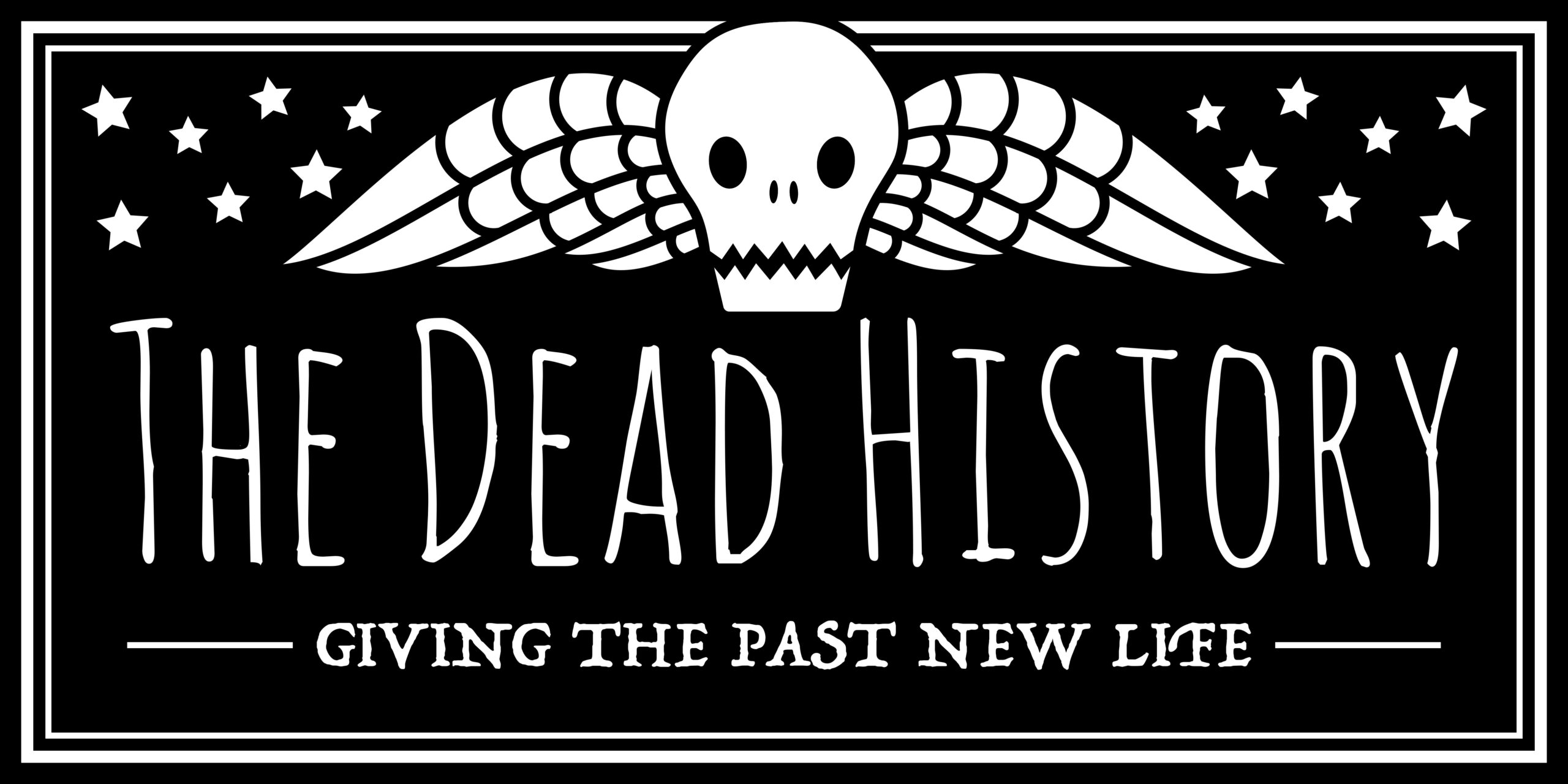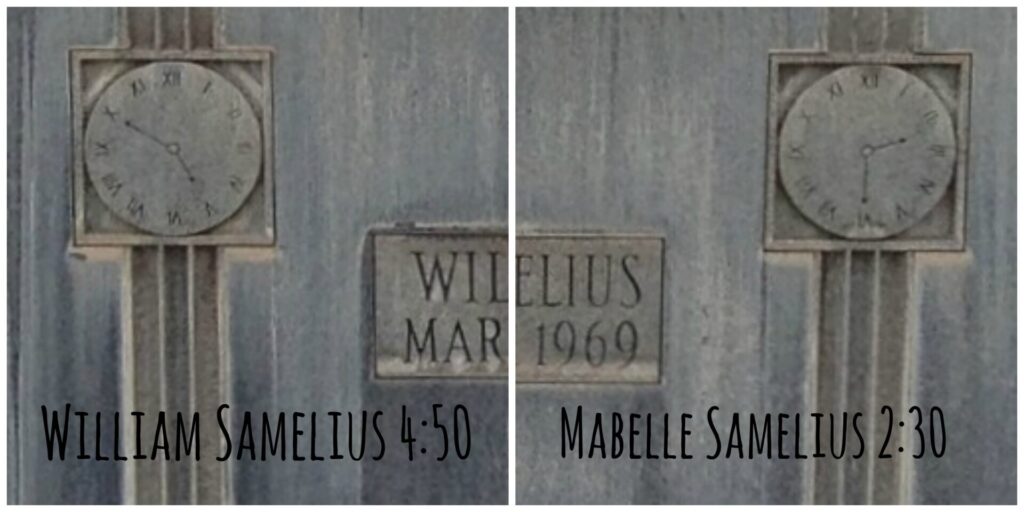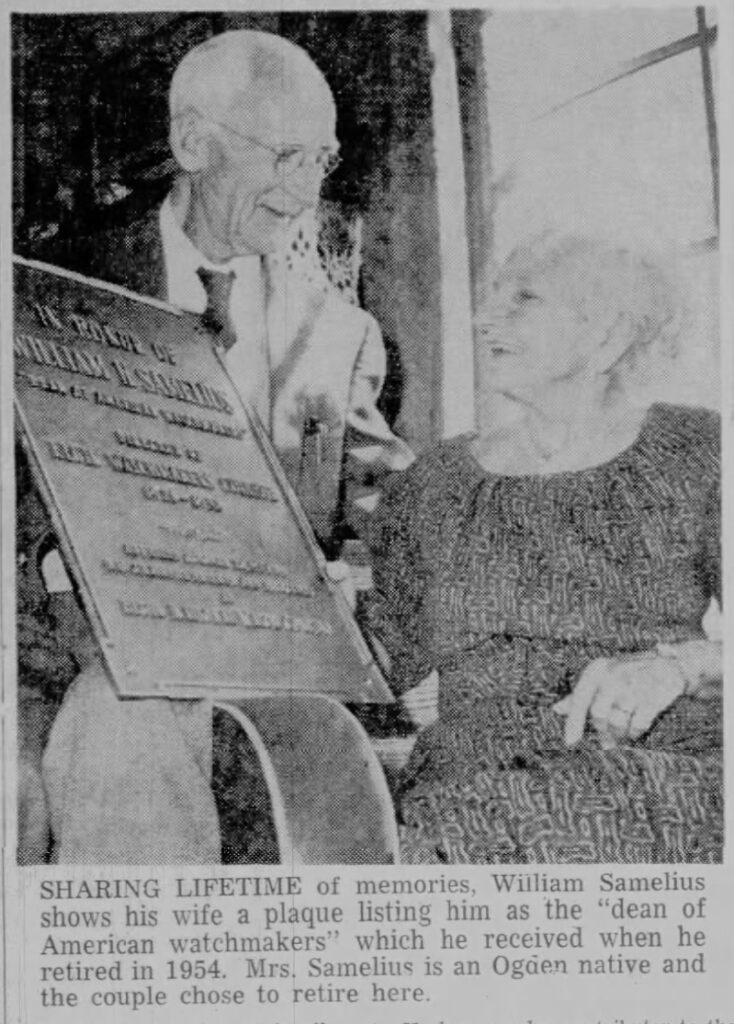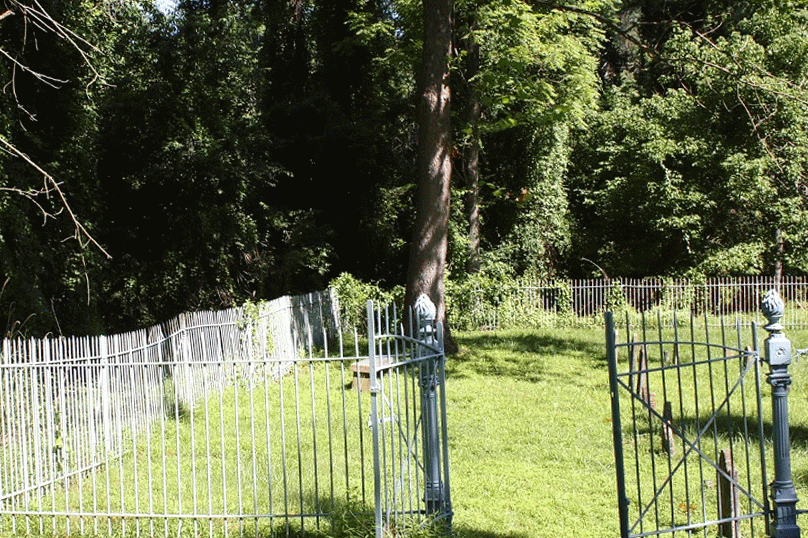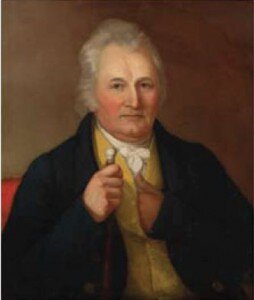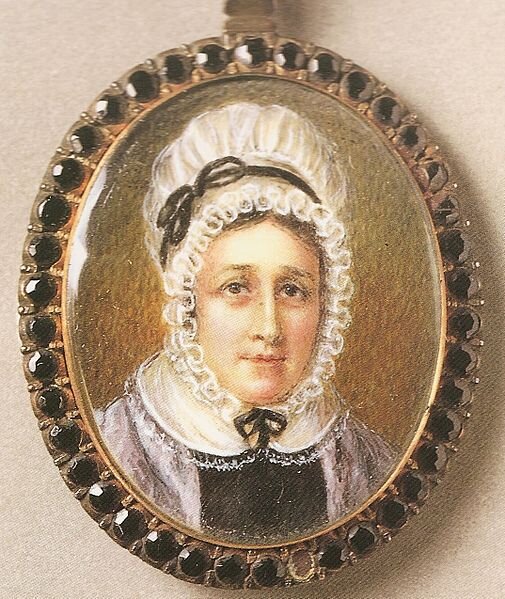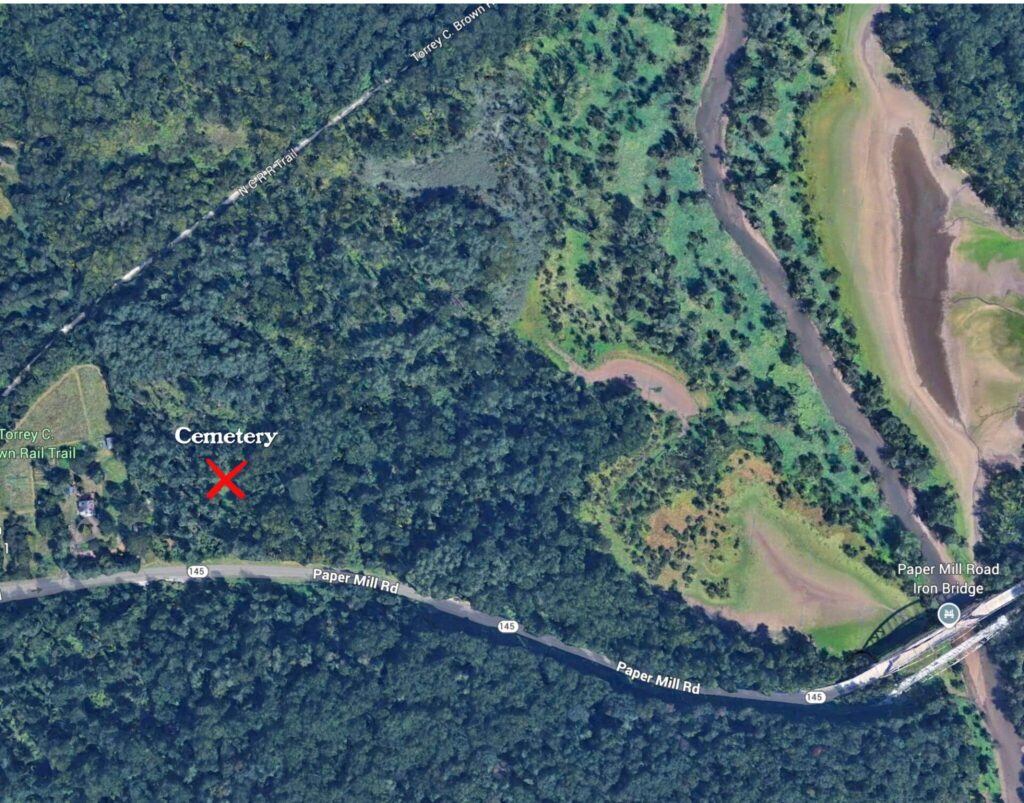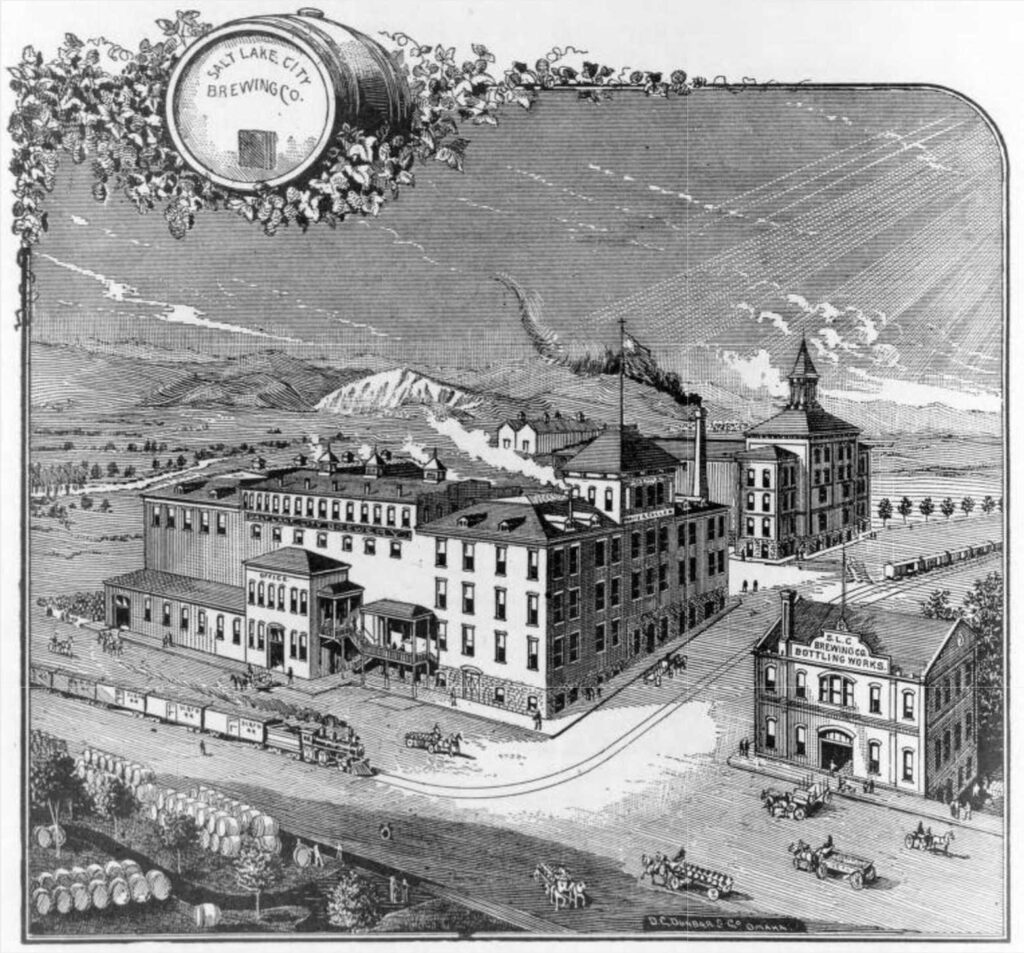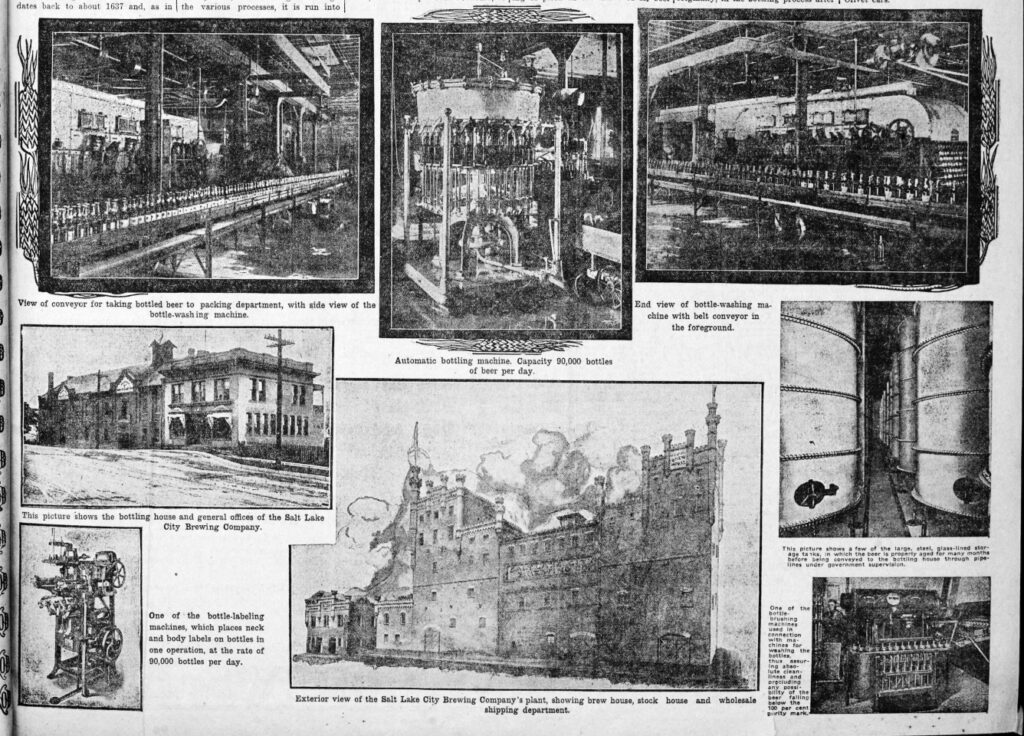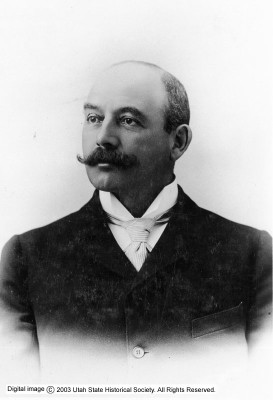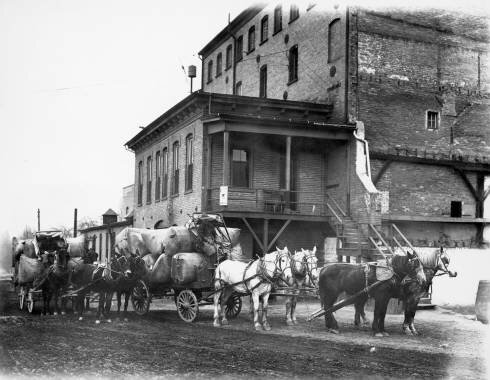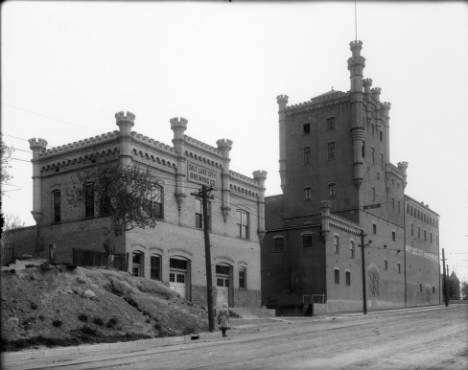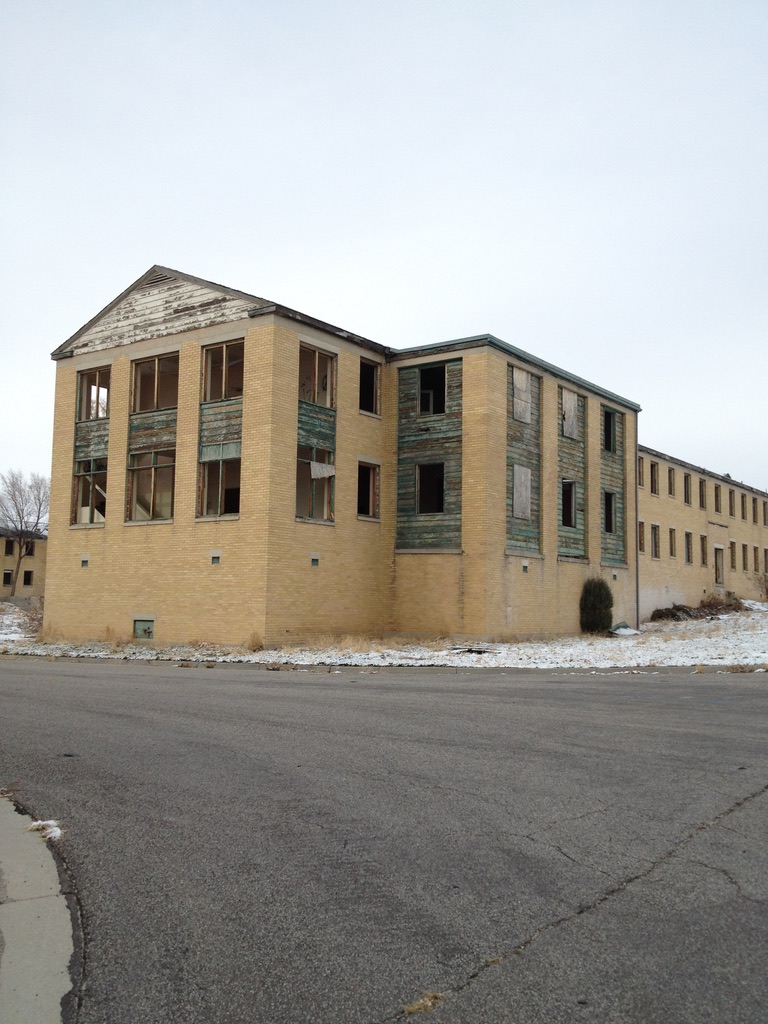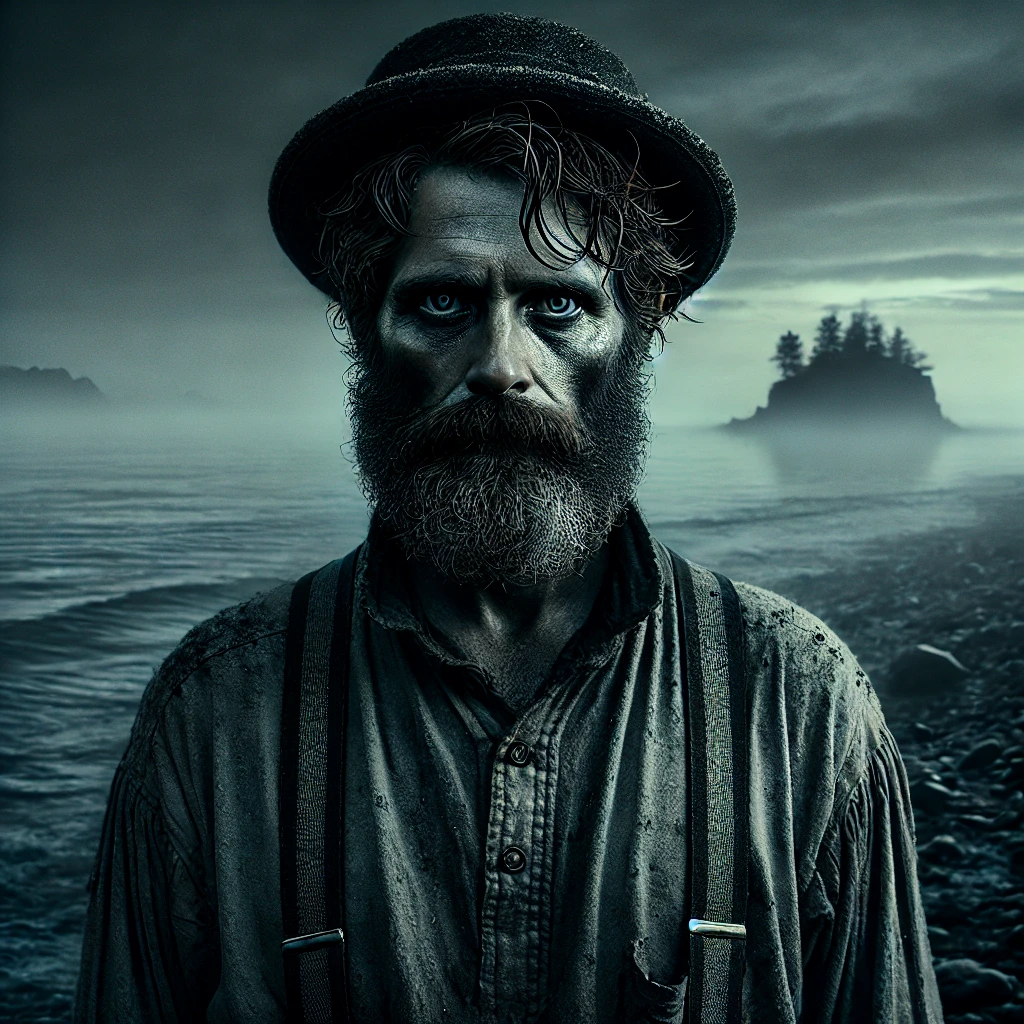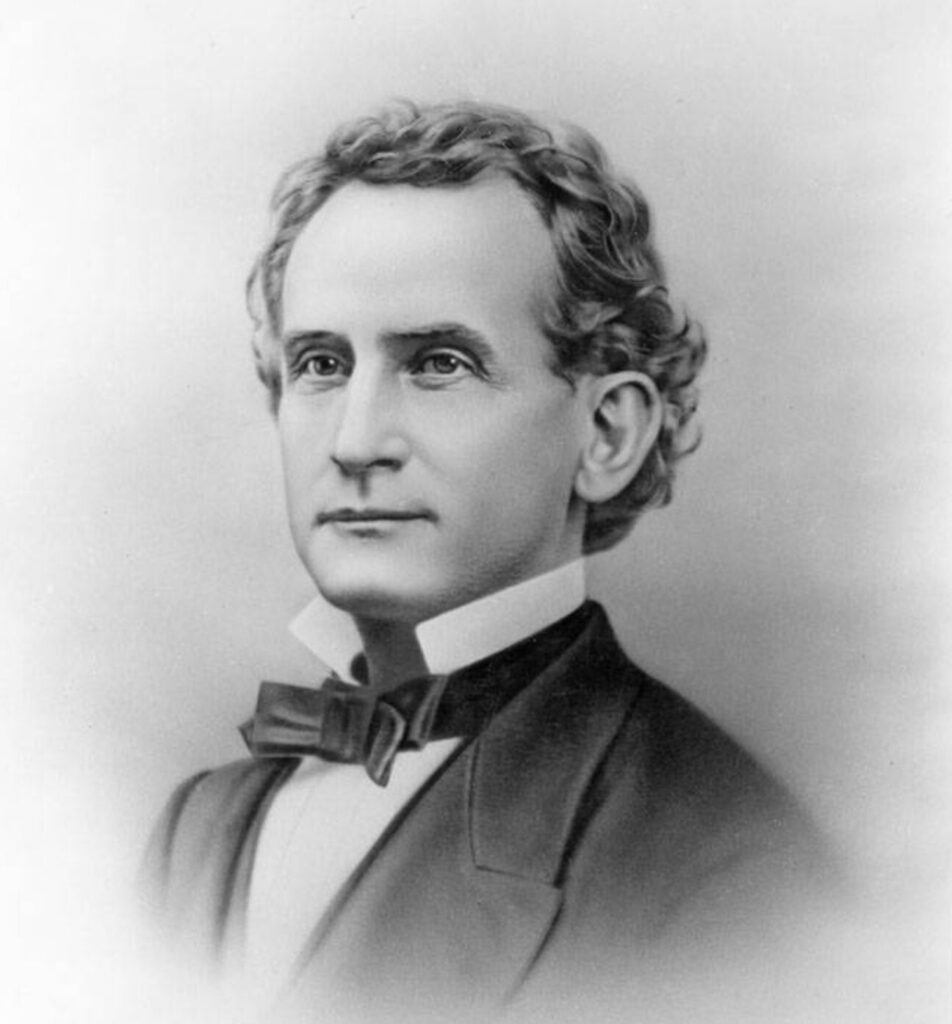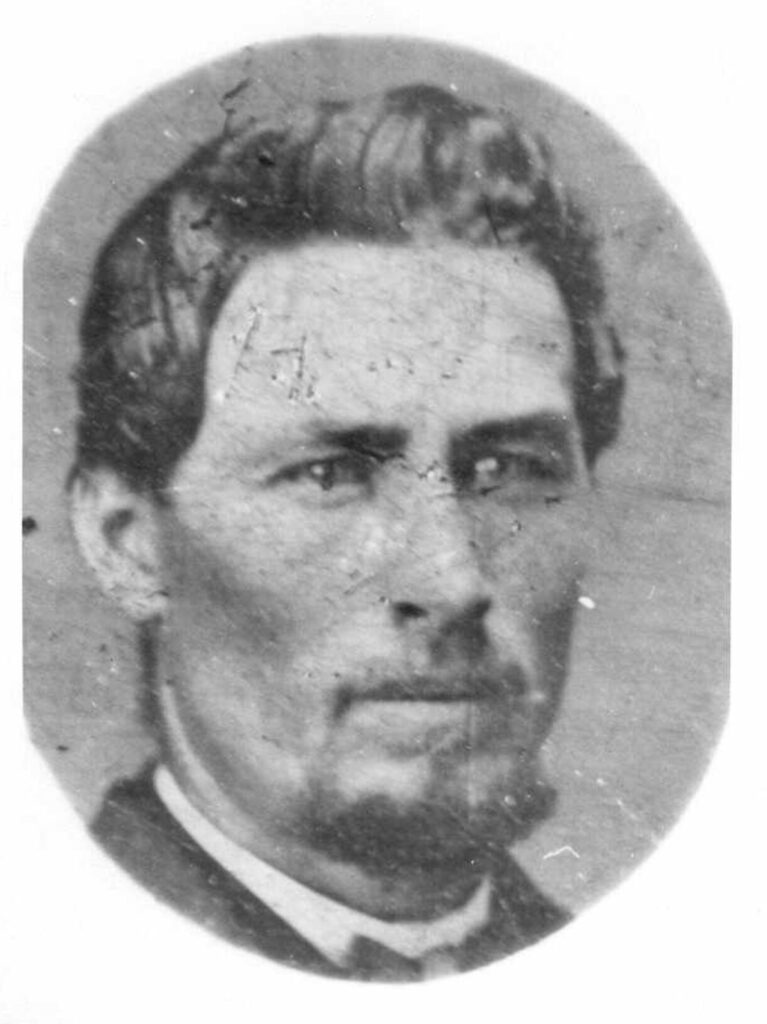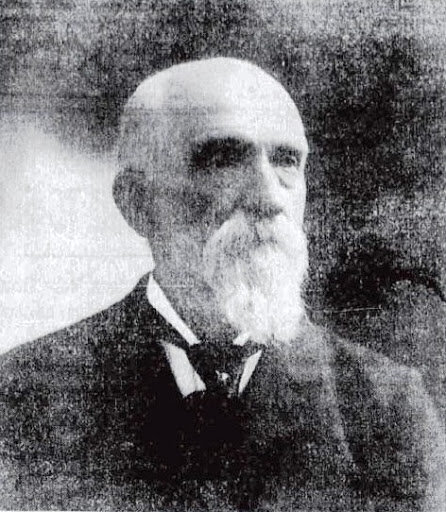A Headstone That Caught My Eye
Dirk Groen’s grave in Ogden Cemetery caught my eye one day as I wandered through the headstones, camera in hand. I love exploring cemeteries, searching for the stories hidden in stone. Ogden City Cemetery is one of my favorites; it’s old, expansive, and filled with unique headstones that hint at lives once lived. No matter how many times I visit, I always seem to find something new.
At first glance, Dirk’s headstone wasn’t unusual, but something about it made me pause. The inscription noted he had died young, which always piques my curiosity. Who was he? And what had happened to him?
